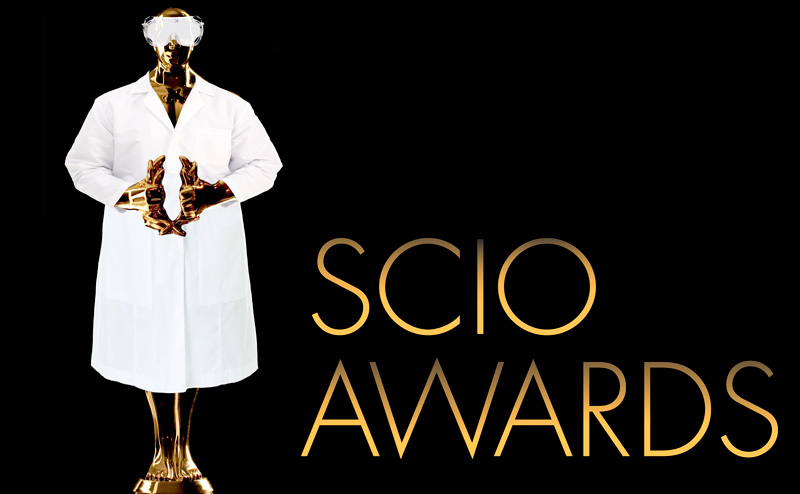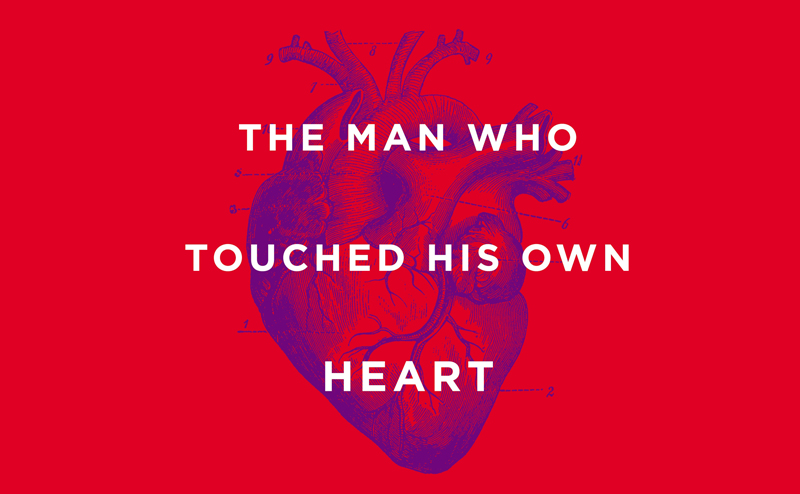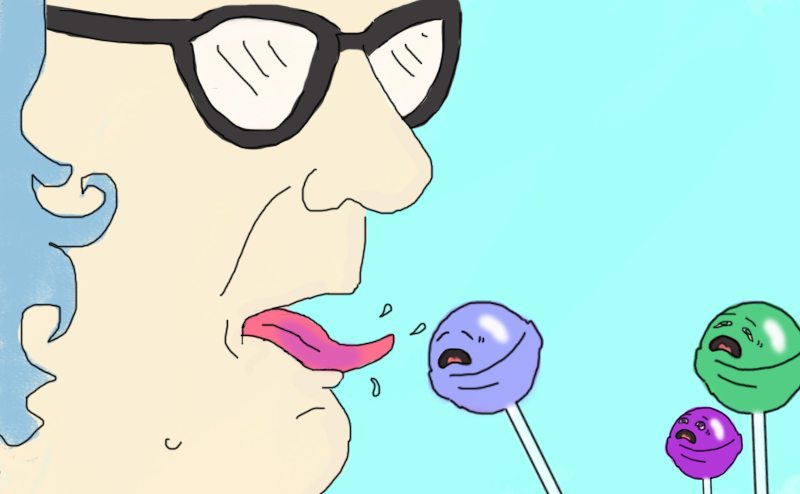Articles
Seven days, lots of science in the news. Here’s our roundup of some of the week’s most notable and quotable items: The waves of bubonic plague that washed through medieval Europe might have been driven by gerbils, not rats. Doses of the “love hormone” oxytocin kept rats from getting drunk, suggesting a possible treatment for alcoholism. Dragonflies have superior color vision, thanks to eyes containing up to 30 different kinds of opsins, a group of light-sensitive proteins; humans, by comparison, possess merely three types of opsins. The ideal length of eyelashes is one-third the width of the eye. It’s 12 billion times larger than the sun—this newly discovered black hole is so big that it’s challenging theories about how black holes grow. After leaving Africa, groups of ancient humans lingered in Arabia for much longer than initially thought based on the trail of stone tools throughout the region. A Google artificial intelligence program has learned to play Atari video games—and it’s already starting to beat people at them. Physicists figured out why a cup of coffee is more likely to spill than a foamy latte. Swedish children from families with a dishwasher are more likely to develop allergies. Likewise, kids who don’t eat peanuts …
Read MoreCinematic scientists can both entertain and inspire. Maybe it’s seeing Alan Grant in Jurassic Park that sparks a kid’s interest in dinosaurs, prompting a visit to the library to check out a raft of paleontology books. Or perhaps watching Sigourney Weaver in Gorillas in the Mist stokes a young person’s desire to study animal behavior in college. After the Academy Award nominations were announced back in January, we asked you to vote for your favorite film performances of scientists for the first-ever World Science Festival Scio Awards (so-named for the Latin word for “to know, understand”). Now the polls are closed and the votes have been tallied, and it’s time to announce the winners.
Read MoreThe heart is so biologically central to our bodies, and so superficially simple—just a blood pump!—that you might be forgiven for thinking that surely scientists have already unlocked all of its mysteries. But there’s still much to learn about our hearts, as author Rob Dunn learned in the course of writing his new book, The Man Who Touched His Own Heart. We got to chat with Dunn recently about chimp hearts, the ancient Roman doctor Galen, and much more!
Read MoreSeven days, lots of science in the news. Here’s our roundup of some of the week’s most notable and quotable items: Scientists think a mysterious plume seen above Mars might be a large cloud or an aurora—but neither of these explanations squares with what we think we know about the Martian upper atmosphere. Scientists now think sea snail teeth (not spider silk) are the strongest natural material. A red dwarf star passed through the edge of our solar system a mere 70,000 years ago. The tails on the wings of a luna moth may serve as decoys to divert the sonic tracking of predatory bats. Researchers created a protein that is extremely effective at blocking the AIDS virus from attaching to cells, making it an attractive candidate for an HIV vaccine. Contaminated medical instruments may have contributed to the outbreak of a drug-resistant superbug in California that has killed at least two patients. Adding human DNA to mice increases the size of their brains. The U.S. National Park Service mapped the noisiest and quietest places in the country. Study finds people tend to spend more when they’re hungry. Record numbers of stranded sea lion pups are showing up on the beaches of California, …
Read MoreSeven days, lots of science in the news. Here’s this week’s roundup. A new study finds that teenage girls vaccinated against HPV are no more likely to engage in risky sex than unvaccinated teens. Attractive men, according to a new study out of Brunel University in London, tend to be less egalitarian, more selfish than their homelier peers. They can’t read a book, but apparently dogs can read you. New research finds that our beloved canines can tell if you’re happy or angry just by looking at (part of) your face. Here’s one to make you happy: a space smile caught by the Hubble telescope. There’s probably dark matter in the core of the Milky Way. Around half the world in 100 minutes: European Space Agency plane the size of a car flies 250 miles above Earth in test flight. Federal health officials are renaming chronic fatigue syndrome to “systemic exertion intolerance disease” as well as simplifying the diagnostic criteria for the condition—changes that are stirring up a bit of controversy. A series of storms appears to have helped reduce California’s extreme drought conditions from covering 77 percent of the state to just um 67 percent. Researchers pinpointed a gene behind the rapid evolution of different beaks …
Read MoreFor a lot of couples, pizza and the second-cheapest bottle of wine at the restaurant are the only stimulating ingredients needed on a date. But can certain foods or compounds really fan the flames of desire?
Read More















